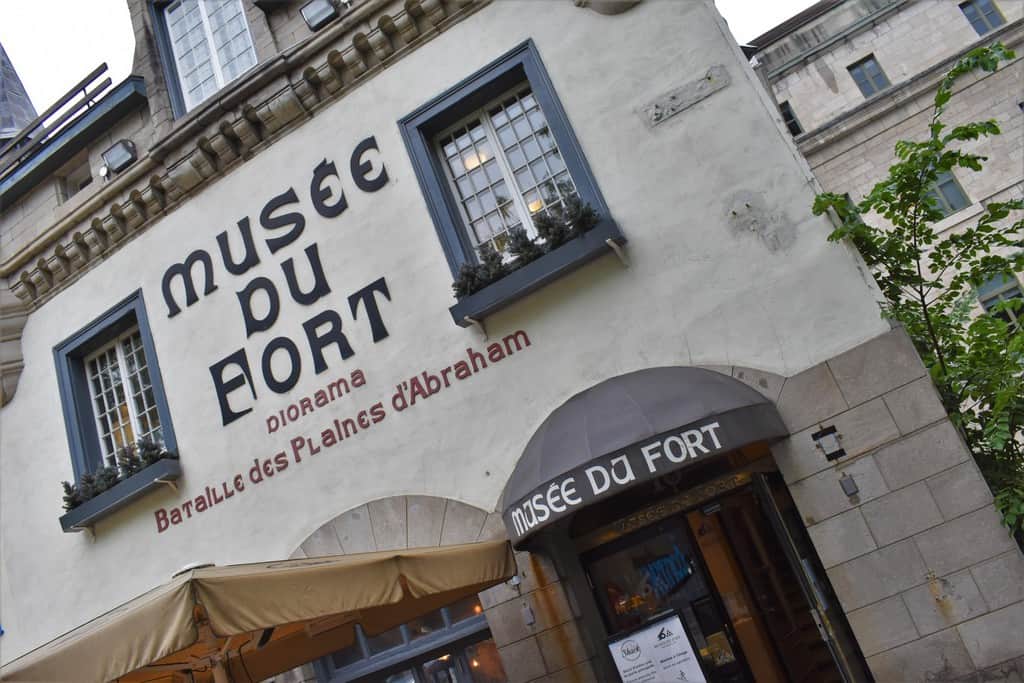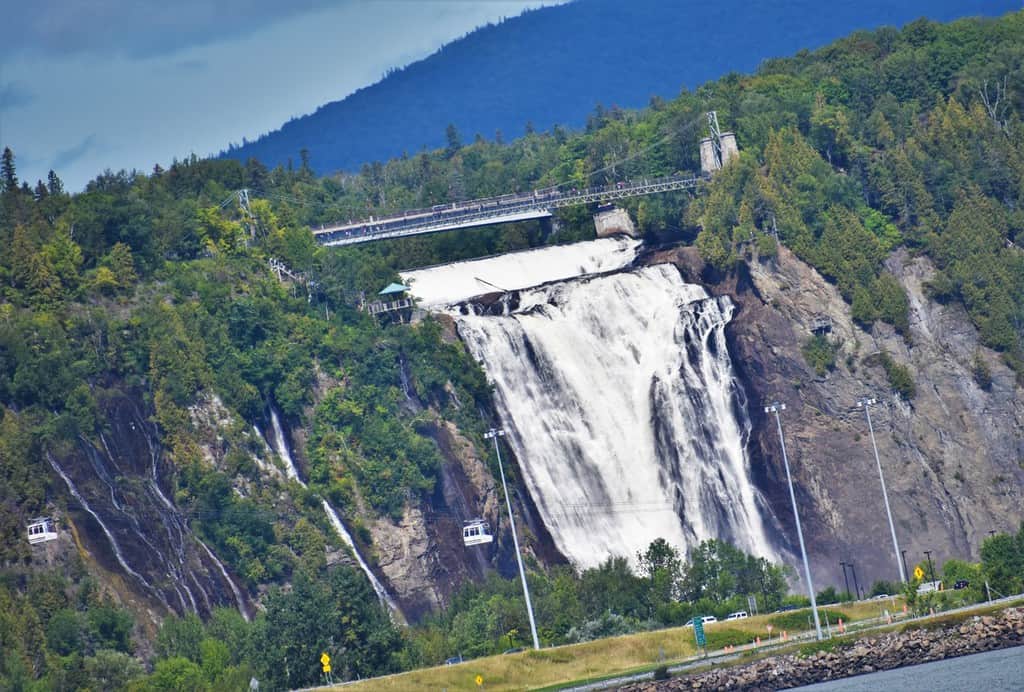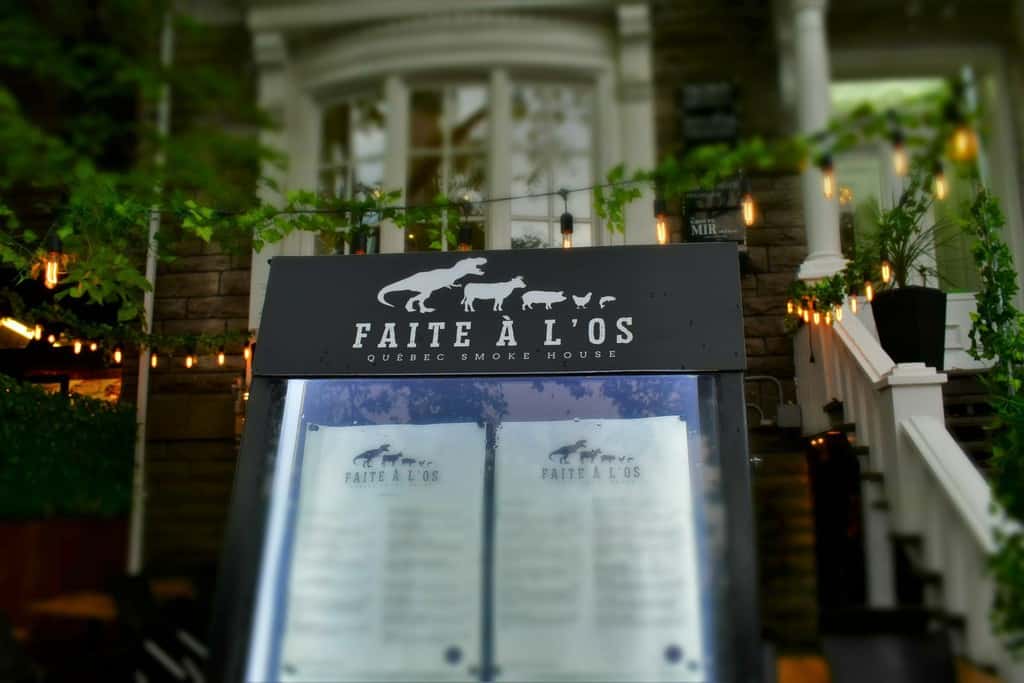Visiting a place like Quebec City allows plenty of opportunities to delve into history. With the first permanent trading post being built in 1608, it established a French outpost in the New World. After getting the lay of the land during our guided tour, now we were ready to do some time traveling in Quebec City. First up would be a visit to Musee Du Fort (The Fort Museum), where we would gain an understanding of how an English country has a distinctively French culture.
We want to thank Quebec Cite Tourism for hosting our visit. Rest assured that all opinions are our own.
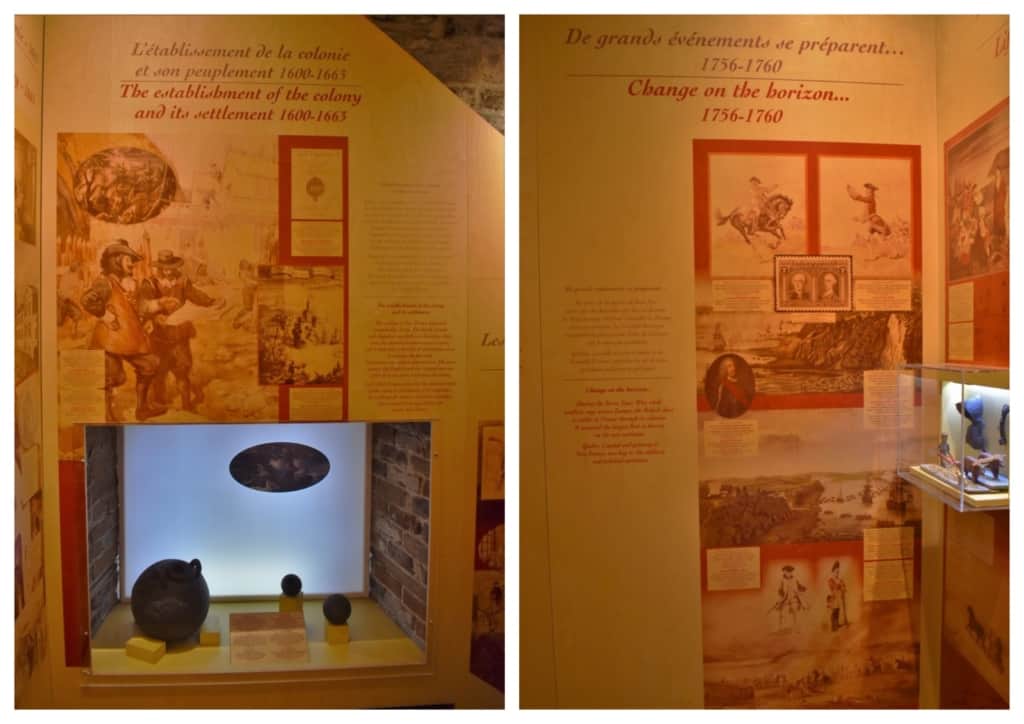
Quebec City – The Early Years
Upon entering the Musee Du Fort, we found ourselves climbing a staircase to the second-floor attraction. The staircase is lined with educational background information on the early days of the city. The first explorer to the region was Jacques Cartier, who claimed it for France in 1535. At that time, he found a city of Iroquois residing in what is now Quebec City. Fast forward 60 years and Samuel de Champlain would create the trading post that would mark the start of this magnificent city. The name is derived from the Algonquin word “Kebec”, which means “where the river narrows.
Being located on a bluff overlooking the St. Lawrence River gave the city a strategic advantage. Over time, a city grew around and below the bluff. In those earlier days, the city was split between two distinct areas. Upper Town was on top of the bluff and contained most of the colonial elites and government officials. Lower Town sat along the river’s edge and was home to the merchants and working class. By 1700, nearly two-thirds of the citizens of Quebec City resided in Lower Town.
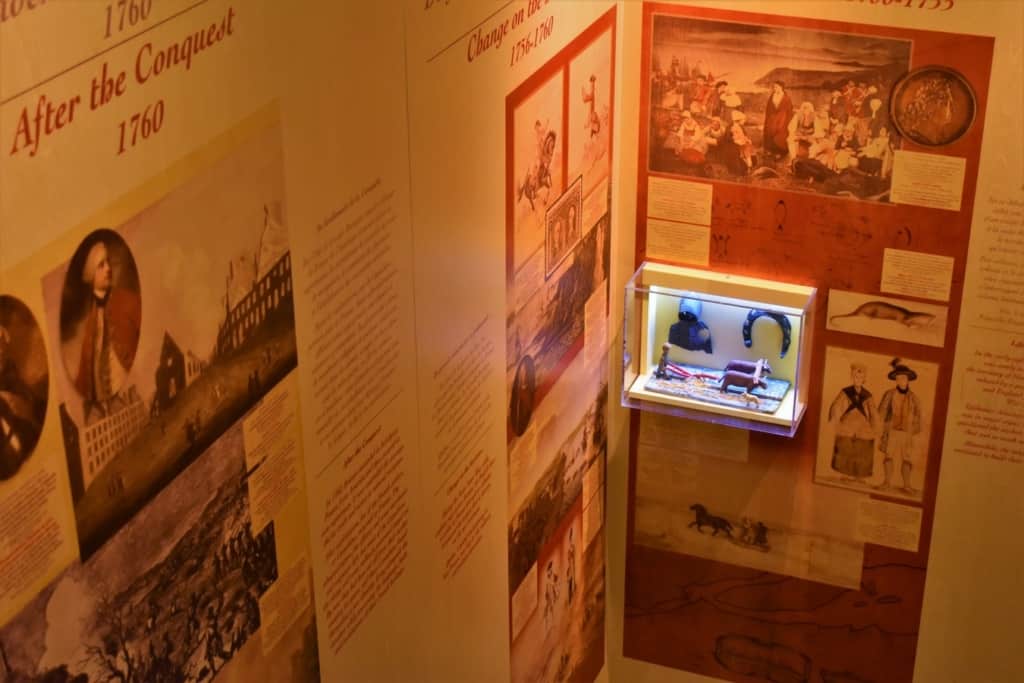
Defending Their Space
The French regime was marked with significant population growth in the region. By 1750, around 60,000 people lived in and around the area, and Quebec City functioned as the principal municipality. The first fort, named Fort Saint-Louis, was built on the site of Quebec City in 1626. While the British would occupy it for a short period around 1629, the French would regain control in 1632. The English would attempt an assault in 1690, but the strategic advantage of the high ground prevented the British ships from ever making a ground attack. They would make another unsuccessful attempt in 1711. It was looking as though Quebec City would remain under French control for a long time.
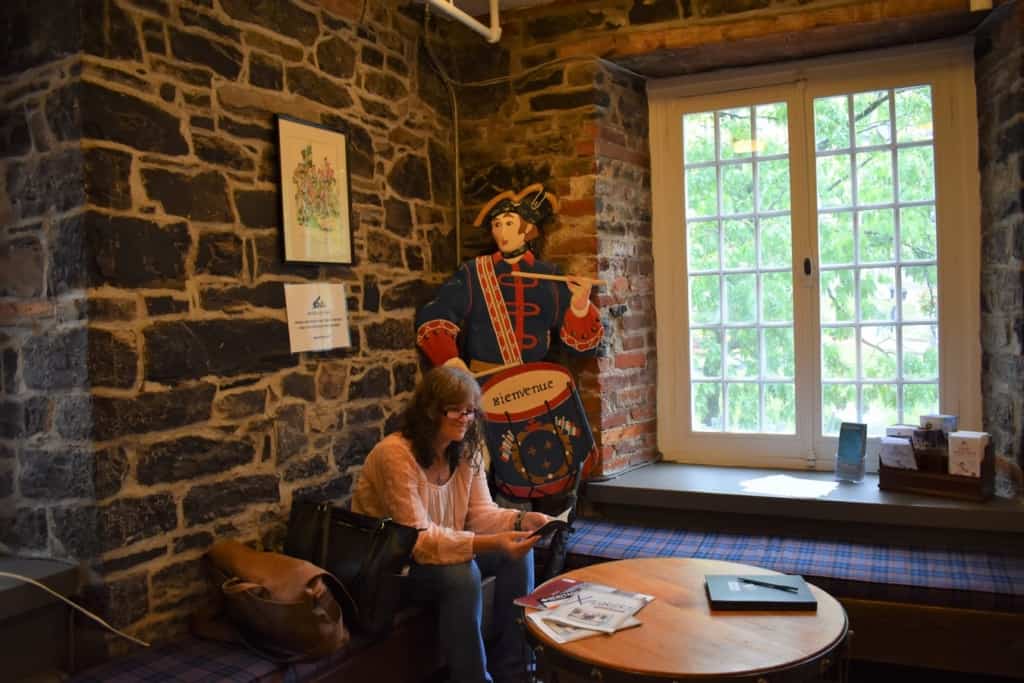
Scheduled Stop
Now that we had a basic grasp on the atmosphere of the region in the mid-1700s, it was time to check out more. At the top of the staircase, we found the admissions desk for the museum. The cost for admission to the show is $8.50 per adult (about $6.40 in U.S. dollars) The Musee Du Fort offers visitors a light and sound show that walks them through key moments in the city’s history. Most of these pertain to military actions, which occurred in the 1700s. The show lasts for about a half-hour, so we had a few minutes to wait for the group that was already inside the theater.
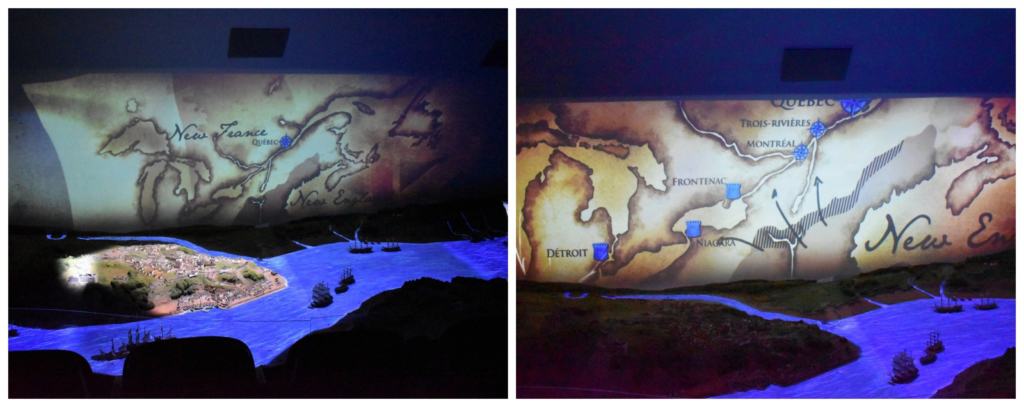
It’s Our Turn
After a short wait, the doors to the theater opened. We filed inside and a staff member gave us a short overview of what we were about to experience. After choosing our seats, we found a model of Quebec City laid out in front of us. We learned that it was a model of the city around 1750 and included the surrounding region. After the briefing, our attendant began the show. The wall behind the model is actually a widescreen. This is where the history of one of the most crucial periods of the city is played out.
The story begins with a basic understanding of Quebec City’s place in the New World. Britain and France seem to have been at odds for what seems like centuries because it actually has been. The New World opened up another arena for the two world powers to struggle over. France had made major inroads in Canada, as well as controlling Saint-Domingue in the Caribbean. The British had acquired Jamaica from Spain and had a foothold in America with the thirteen colonies. To protect their investment, France had constructed a series of forts along the St. Lawrence River.
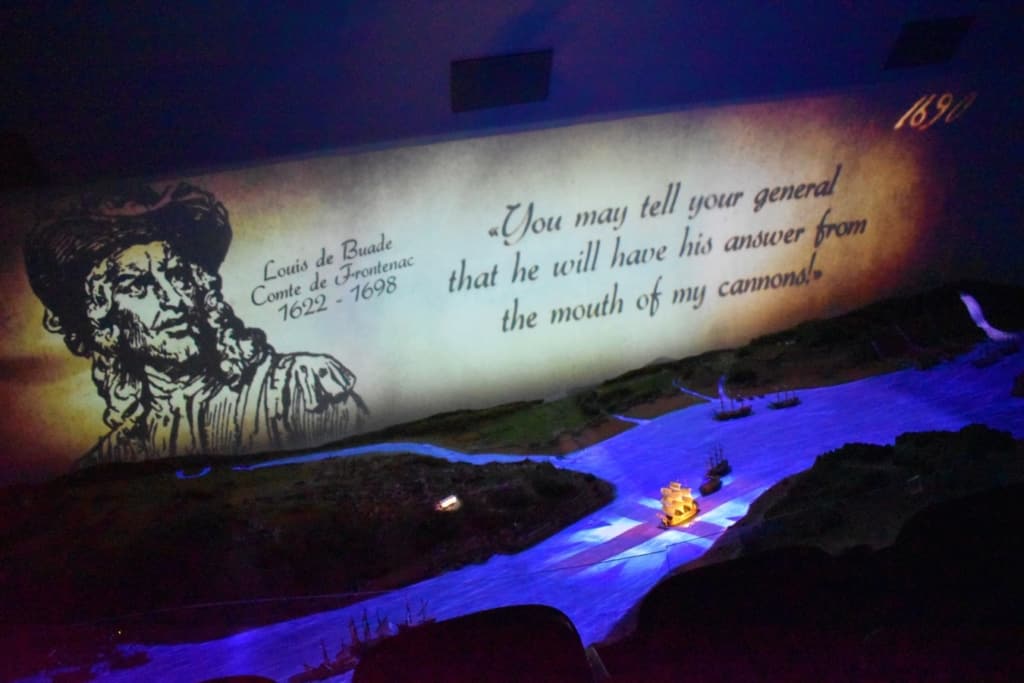
Early Skirmishes
As the program moved us forward in time, we saw the events we had learned about in the staircase. Seeing them played out on the map helped us gain a better perspective of how the unique landscape had a bearing on each skirmish. For those American tourists, it should be noted that this experience is presented on the hour in English, so we were able to understand all of the media. Time-traveling in Quebec City, we arrived at 1753, which signaled the start of the Seven Years’ War between England and France.
While this war took place around the globe, the part that happened in North America is referred to as the French and Indian War. The goal of both the French and British was to gain control over the Upper Midwest region. George Washington led a British expedition, which would end up in a showdown with French forces. Each side had its partners, and the early years of the struggle brought French victories. This would soon change.
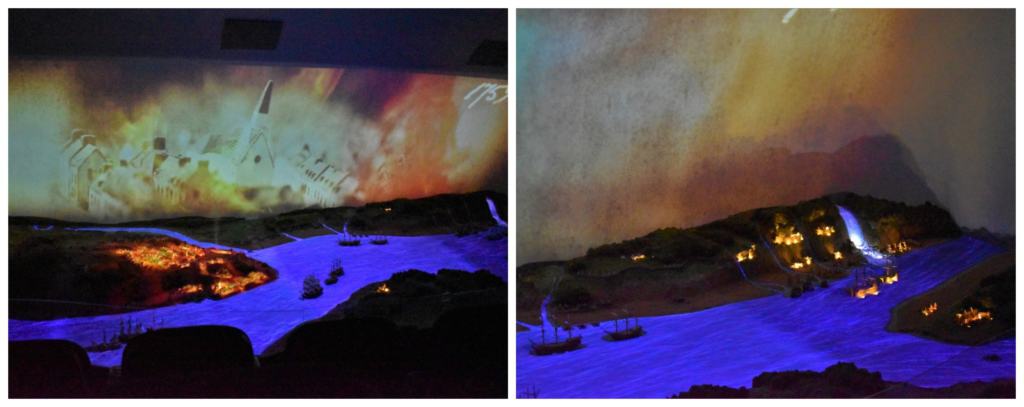
The British Advance
The summer of 1758 was a turning point in North America. In July, French defenders pushed back an assault by British forces on Fort Carillon (Americans know this as Fort Ticonderoga). After this defeat, British forces began a series of wins that brought them control of the Atlantic seaboard. English ships sailed up the St, Lawrence River on their way to assault Quebec City. The French were not caught unprepared. They had arranged 12,000 troops in a series of defensive positions from the Saint-Charles River to Montmorency Falls.
After repelling an assault near the falls, the British came up with a new approach. Beginning north of the city, they began destroying outlying buildings. The siege of Quebec City included this systematic destruction of the supply chain for the French troops stationed inside the walled city. While the siege took place, British forces made plans for another assault.
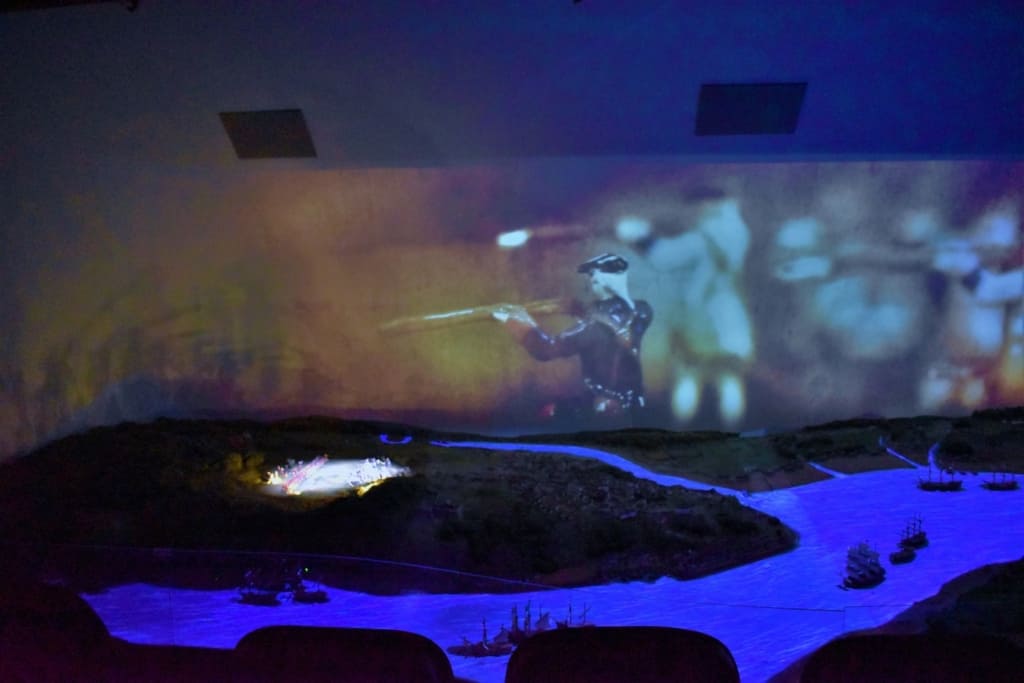
Decisive Victory
Seeing that they were unable to draw out the French forces, a bold move would be needed. The British commander decided to launch an assault from the western side of the city. To do this, they navigated upstream and approached from the base of a 170-foot tall cliff. The French soldiers guarding this passage were expecting supply ships, so they were not suspicious of the activity. This was but one of a series of unexpected circumstances that led to the British making landfall. A small party was sent scrambling up the cliff to secure a small road that would give access to the main British force.
When the French command discovered the British position, they did the one thing that would assure defeat. Instead of holing up in their garrison and awaiting reinforcements, they marched out onto the plains to do battle. The series of unfortunate circumstances continued to plague the French, and the battle lasted less than an hour. While both sides would suffer considerable casualties, the French fared worse. A state of confusion spread through the French troops who abandoned Quebec City and marched north to meet up with the rest of their forces. The battle on the Plains of Abraham signaled the beginning of the end for French control in North America.

Time Traveling in Quebec City
The presentation continued to walk us through more conflicts, culminating around the time of the revolutionary war in America. With the ending credits from the show running, we now had a better understanding of how a country associated with England has so much of a French connection. Time-traveling in Quebec City was different from most of the cities we have visited. With a history that we were so unfamiliar with, it seemed like everything we experienced was fresh and new. As we made our way back into the cloudy afternoon, our eyes were seeing the city with a new vision. It was clear that this trip would be an educational opportunity we would relish for a lifetime.


